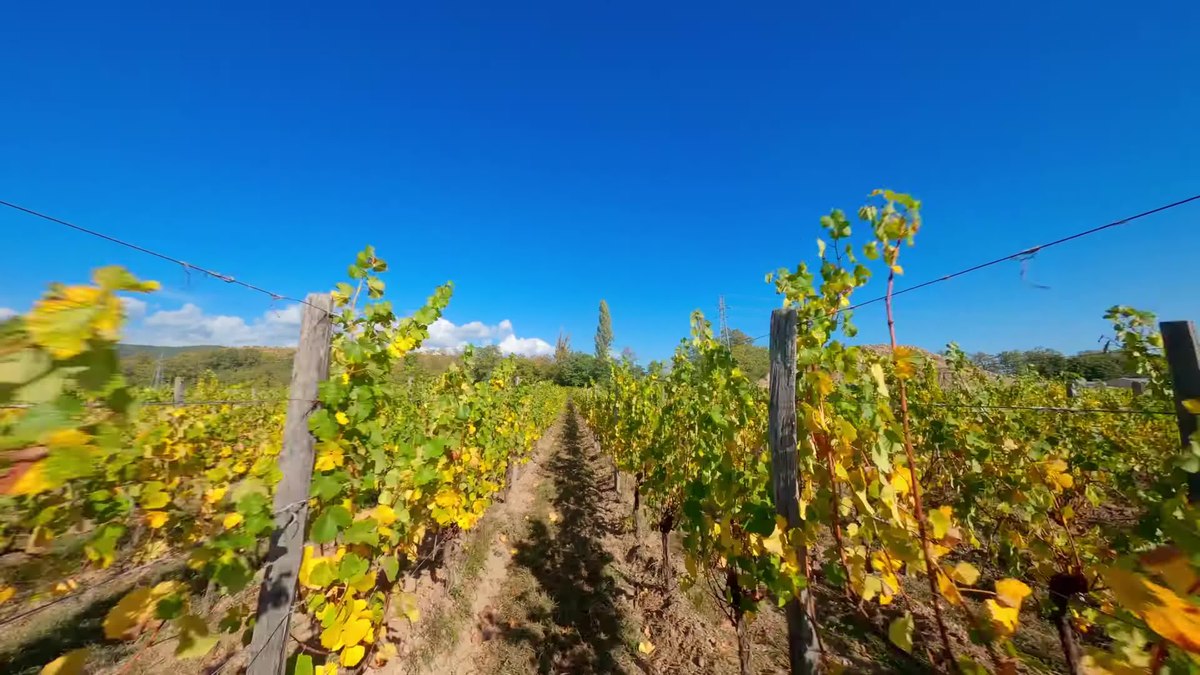Australia’s vineyards, once lush with promise, are now battlegrounds of destruction as millions of vines face eradication. Tens of millions more must follow suit to curb overproduction, a menace that has not only depressed grape prices but also jeopardized the very livelihoods of growers and wine makers.
The global decline in wine consumption has hit Australia with particular ferocity. Demand, especially for the cheaper reds that dominate its market, has plummeted, exacerbated by shrinking interest in wine, notably in China, a once reliable bastion of growth.
As of mid-2023, Australia, the world’s fifth-largest wine exporter, found itself drowning in excess, with over two billion liters—equivalent to two years’ worth of production—languishing in storage. A portion of this stockpile is already spoiling as owners scramble to offload it at any cost.
James Cremasco, a fourth-generation grower, embodies the despair felt across vineyards as he witnesses the dismantling of rows of vines planted by his grandfather near Griffith, a southeastern town. Approximately two-thirds of Australia’s wine grapes thrive in irrigated inland areas like Griffith, a landscape shaped by techniques introduced by Italian immigrants in the 1950s.
However, as major wine producers pivot towards higher-priced offerings, areas like Griffith are left reeling, with unpicked grapes withering on the vine. Andrew Calabria, a third-generation vineyard owner, laments the end of an era as he gazes upon the barren land once lush with vines that bore witness to generations of toil.
The toll on red wine is particularly stark. In regions like Griffith, grape prices nosedived to historic lows—dropping from A$659 (NZD$707) per ton in 2020 to a meager A$304 (NZD$326) in the last year, according to Wine Australia.
The government acknowledges the crisis but growers and vintners clamor for more robust support as they grapple with prices that barely cover production costs. Cremasco recounts selling his red grapes for a paltry A$100 a ton, highlighting the dire situation.
To restore equilibrium and bolster prices, experts propose uprooting up to a quarter of the vines in oversupplied areas like Griffith. This would entail the destruction of over 20 million vines spread across 12,000 hectares—a move that could potentially salvage the industry.
Yet, the challenges persist. Even as some growers reluctantly uproot vines, many continue to bleed financially, clinging to hopes of a market resurgence that seems increasingly elusive.
Beyond Australia, the global wine industry confronts similar woes. Oversupply plagues countries like Chile, France, and the United States. China’s recent embargo, followed by a rapid decline in demand, has dealt a severe blow to Australian exports.
Despite impending resumption of exports to China, the glut remains. Wine priced below A$10 a liter, predominantly sourced from regions like Griffith, accounts for a significant chunk of Australian exports, further underscoring the urgency of the crisis.
Desperate measures abound as wineries practically give away wine to clear space for incoming vintages. Many growers are diversifying into citrus and nut trees, seeking refuge from the wine industry’s tumultuous landscape.
For Cremasco and others like him, the future remains uncertain. Prune trees and almond orchards now dot the once-vibrant vineyards, signaling a seismic shift in the industry’s dynamics. As family-owned vineyards fade into obscurity, corporate entities loom large, leaving local growers on the brink of extinction.
Australia’s vineyards stand at a crossroads, grappling with an existential crisis that threatens to reshape the very fabric of its wine industry.



